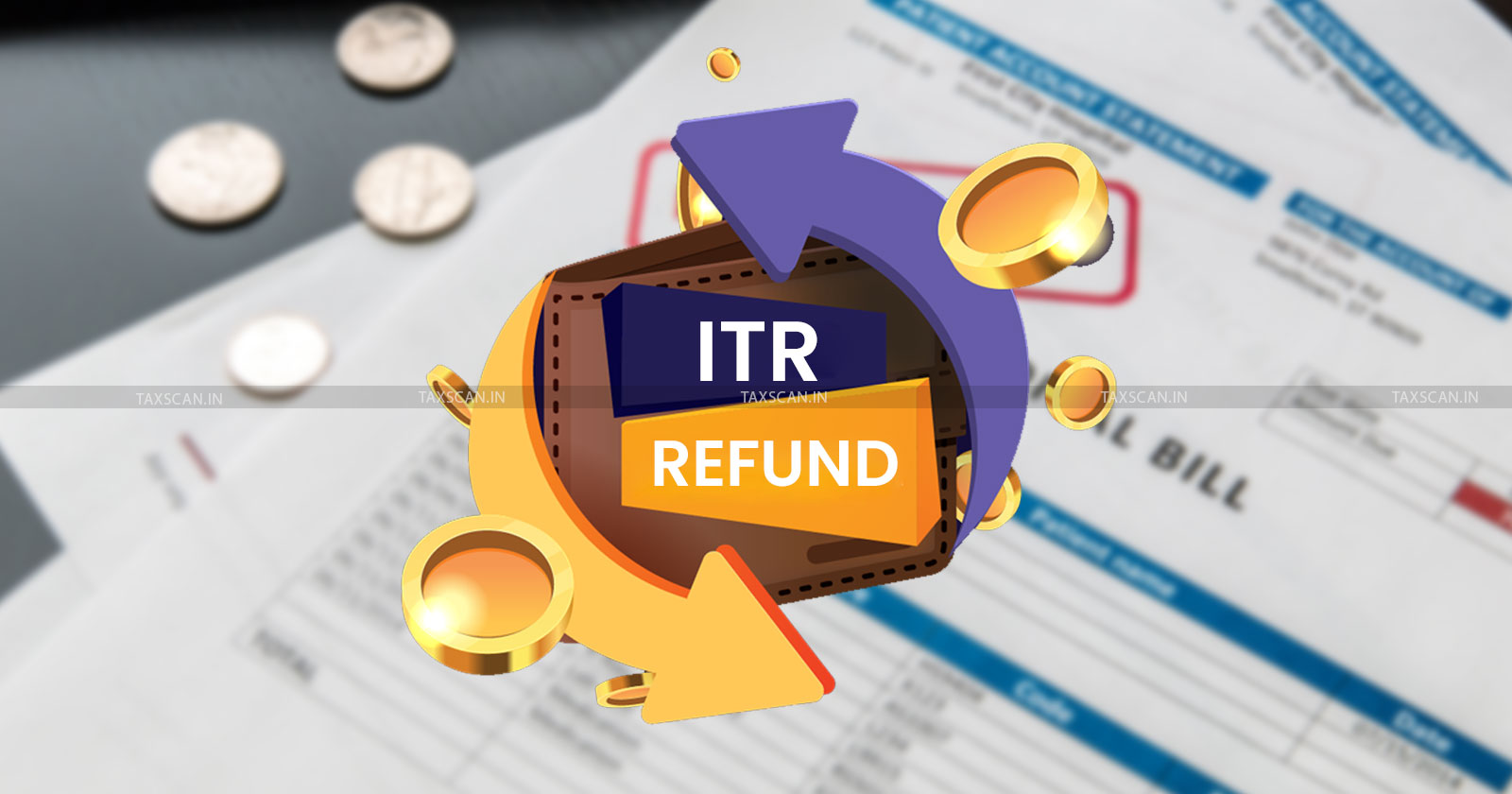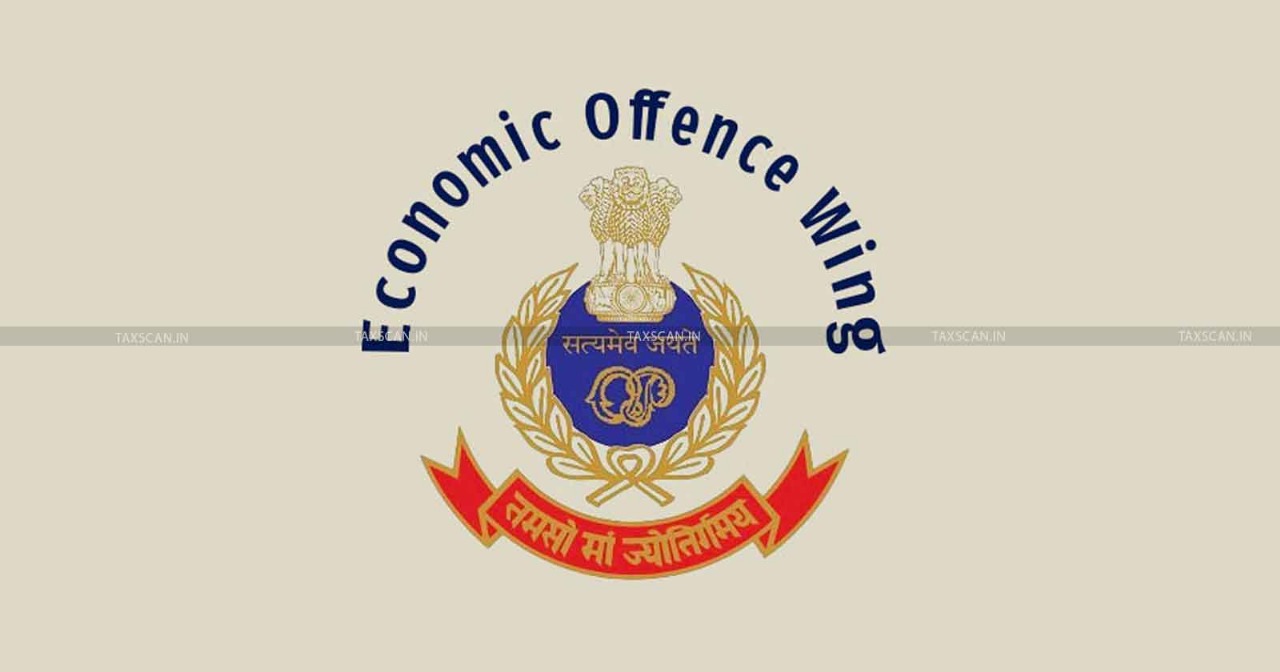Will Trump’s Big Beautiful Bill Make Life Harder for Indians? Here’s the Truth
Trump’s Big Beautiful Bill may save Indians billions on remittances, but could also bring new costs, visa hurdles, and trade challenges

On July 3, 2025, the United States Congress passed President Trump’s “Big Beautiful Bill,” officially called the One Big Beautiful Bill Act, after narrow approval in both the House and Senate. President Trump is expected to sign the bill into law on July 4 during a ceremony at the White House, marking a major legislative victory in his second term.
This bill brings major changes in the United States by extending tax cuts, increasing spending on defense, border security, and energy production, while cutting funds for health care and nutrition programs like Medicaid and SNAP. Although it mainly targets America’s domestic policies, this bill will affect India in many ways through remittances, trade, and geopolitical impacts.
 Also Read:'I Need My ITR Refund for Surgery’: Taxpayer Shares Medical Bills with Income Tax Dept seeking urgent Refund
Also Read:'I Need My ITR Refund for Surgery’: Taxpayer Shares Medical Bills with Income Tax Dept seeking urgent Refund
What Is Inside the Bill?
The bill extends the 2017 Tax Cuts and Jobs Act and makes most tax cuts permanent. It increases government spending on defense and border security, and it encourages more energy production within the U.S. At the same time, it reduces spending on health care and nutrition, which may increase the U.S. deficit by an estimated $3.3 trillion over the next ten years.
Comprehensive Guide of Law and Procedure for Filing of Income Tax Appeals, Click Here
A key part of the bill that impacts India is the new tax on remittances sent abroad from the U.S. Initially, this tax was proposed at 5%, but it was reduced to 1% in the final draft. This change is important for India as it is the largest receiver of remittances in the world.
Positive Impacts on India
Relief on Remittance Tax
India received over $129 billion in remittances in 2024, with a large share coming from the United States. Many Indian families depend on these remittances for daily expenses, medical care, education, and housing. The initial proposal of a 5% tax would have meant an additional $6.45 billion in taxes on Indian families.
However, with the tax now set at 1%, the tax burden reduces to about $1.29 billion, saving Indian families nearly $5.16 billion every year. This is a big relief for the 4.5 million Indians in the United States, including the 3.2 million of Indian origin, many of whom are on H-1B visas and green cards.
 Also Read:The Bangalorean Who Paroled his Ferrari! MH-Registered Luxury Car Owner Pays ₹1.4 Crore Road Tax after Karnataka RTO Crackdown
Also Read:The Bangalorean Who Paroled his Ferrari! MH-Registered Luxury Car Owner Pays ₹1.4 Crore Road Tax after Karnataka RTO Crackdown
Possible Economic Growth Benefits
The bill’s tax cuts and spending increases aim to boost the American economy. A stronger U.S. economy may increase demand for Indian goods and services, especially in sectors like information technology, pharmaceuticals, and textiles. This may lead to more exports from India, helping Indian businesses grow and generate jobs. Additionally, American companies might increase investments in India, strengthening economic ties between the two nations.
For example, if the American economy grows steadily, technology and innovation partnerships may expand between Indian tech professionals in the U.S. and companies back home, benefiting India’s start-up ecosystem.
Comprehensive Guide of Law and Procedure for Filing of Income Tax Appeals, Click Here
Negative Impacts on India
New Tax Burden on Remittances
Even though the remittance tax has been reduced from 5% to 1%, it still means a new tax where there was none before. Families in India who depend on remittances may find it harder to manage household budgets as they now have to pay this extra cost. According to reports by the BBC, this may disrupt financial planning for many Non-Resident Indians (NRIs) and affect the flow of foreign currency into India.
Challenges to Immigration and Mobility
The bill’s focus on border security may lead to tighter immigration policies in the U.S. This could make it harder for Indian students, professionals, and workers to go to or stay in the United States. Restrictions on H-1B visas or delays in green card processing may affect the plans of many Indian families and could impact India’s growing IT and services sectors, which rely on close ties with the U.S.
Risks to Trade
If the U.S. government’s increased spending raises its deficit further, it may push the country towards protectionist trade policies in the future. This could lead to higher tariffs or trade restrictions on goods from India, making it more challenging for Indian exporters, especially in sensitive sectors like textiles and auto parts, to compete in the American market.
Global Economic and Currency Risks
Higher U.S. debt may create global economic instability, affecting emerging markets like India. If global currency markets become unstable, the Indian rupee could weaken, impacting India’s imports and foreign exchange reserves.
Comprehensive Guide of Law and Procedure for Filing of Income Tax Appeals, Click Here
However, increased energy production in the U.S. could lower global oil prices, which is beneficial for India since it imports most of its oil. On the other hand, geopolitical shifts, including America’s relations with oil-producing countries, may introduce uncertainties for India.
Policy Uncertainty
The reduction of the remittance tax from 5% to 1% after initial debates highlights the unpredictability of policies. There is always a possibility that future policy changes in the U.S. may bring back higher taxes on remittances or introduce new restrictions, creating uncertainty for Indian families and businesses involved in cross-border financial transactions.
 Also Read:CBIC Mandates EPR Registration for Plastic Importers Following Expanded Plastic Definition [Read Notification]
Also Read:CBIC Mandates EPR Registration for Plastic Importers Following Expanded Plastic Definition [Read Notification]
Expert Views
Experts have highlighted the serious implications of the initial 5% remittance tax, stating that remittances help India finance half of its trade deficit. Indian media and experts have welcomed the reduction to 1%, with India Today calling it a “big relief” for Indian professionals. However, there are concerns about how the bill may affect immigration, trade, and long-term economic ties between India and the United States.
Conclusion
The bill brings a mix of opportunities and challenges for India. It may open doors for growth through stronger economic ties if the U.S. economy expands, but it also calls for careful planning by Indian families, businesses, and policymakers to manage the potential risks that come with these changes.
Support our journalism by subscribing to Taxscan premium. Follow us on Telegram for quick updates



